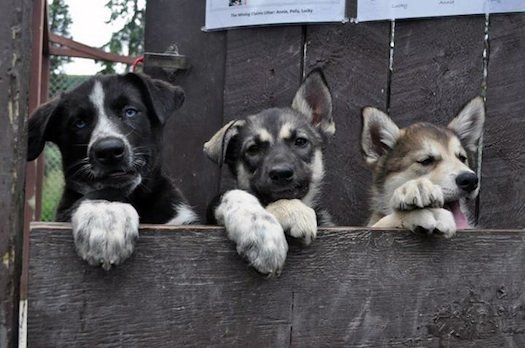
By Ann Gibbons
Humans did not evolve alone. Tens of trillions of microbes have followed us on our journey from prehistoric ape, evolving with us along the way, according to a new study. But the work also finds that we’ve lost some of the ancient microbes that still inhabit our great ape cousins, which could explain some human diseases and even obesity and mental disorders.
Researchers have known for some time that humans and the other great apes harbor many types of bacteria, especially in their guts, a collection known as the microbiome. But where did these microbes come from: our ancient ancestors, or our environment? A study of fecal bacteria across all mammals suggested that the microbes are more likely to be inherited than acquired from the environment. But other studies have found that diet plays a major role in shaping the bacteria in our guts.
To solve the mystery, Andrew Moeller turned to wild apes. As part of his doctoral dissertation, the evolutionary biologist, now a postdoc at the University of California, Berkeley, studied gut bacteria isolated from fecal samples from 47 chimpanzees from Tanzania, 24 bonobos from the Democratic Republic of the Congo, 24 gorillas from Cameroon, and 16 humans from Connecticut. In these samples, he and colleagues at the University of Texas (UT), Austin, compared the DNA sequences of a single rapidly evolving gene that is common in the gut bacteria in apes, including humans. They then sorted the different DNA gene sequences into family trees.
It turns out that most of our gut microbes have been evolving with us for a long time. Moeller found that two of three major families of gut bacteria in apes and humans trace their origins to a common ancestor more than 15 million years ago, not primarily to bugs picked up from their environment. But as the different species of apes diverged from this ancestor, their gut bacteria also split into new strains, and coevolved in parallel (a process known as cospeciation) to adapt to differences in the diets, habitats, and diseases in the gastrointestinal tracts of their hosts, the team reports today in Science. Today, these microbes are finely adapted to help train our immune systems, guide the development of our intestines, and even modulate our moods and behaviors.
“It’s surprising that our gut microbes, which we could get from many sources in the environment, have actually been coevolving inside us for such a long time,” says project leader Howard Ochman, an evolutionary biologist at UT Austin.
After the ape species diverged, some also lost distinct strains of bacteria that persisted in other primates, likely another sign of adaptation in the host, the team found.
In a final experiment, the researchers probed deeper into the human microbiome. They compared the same DNA sequence they had analyzed in all of the apes, but this time between the people from Connecticut and people from Malawi. They found that the bacterial strains from these Africans diverged from those of the Americans about 1.7 million years ago, which corresponds with the earliest exodus of human ancestors out of Africa. This suggests that gut bacteria can be used to trace early human and animal migrations, Moeller says. Interestingly, the Americans lacked some of the strains of bacteria found in Malawians—and in gorillas and chimps—which fits with the general reduction in gut microbiome diversity that has been observed in people in industrialized societies, perhaps because of changes in diet and the use of antibiotics.
The work “represents a significant step in understanding human microbiota coevolutionary history,” says Justin Sonnenburg of Stanford University in Palo Alto, California, who was not involved with the research. “It elegantly shows that gut microbes are passed vertically, between generations over millions of years.” Microbiologist Martin Blaser of New York University in New York City agrees: “The path of transmission was from mom apes to baby apes for hundreds of thousands of generations at least.”
But the extinction of some strains of bacteria that persist in other apes but not humans raises a red flag for our health. “What happens if a human mom takes antibiotic when she’s pregnant? What happens if she takes it at the moment of delivery?” Blaser asks.
“We are coming to understand how fundamental our gut microbes are for health,” Sonnenburg says. “These findings have huge implications for how we should pursue understanding what a truly healthy microbiome looks like.”
http://www.sciencemag.org/news/2016/07/microbes-our-guts-have-been-us-millions-years
Thanks to Kebmodee for bringing this to the It’s Interesting community.

